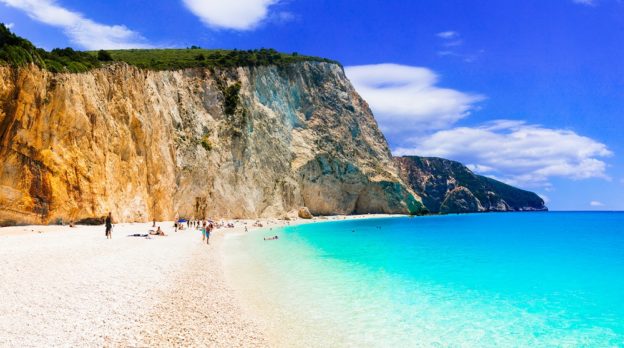|
Many travelers look forward to their annual spring break trip, summer vacation, or holiday travels. With kids off from school, these times usually work well for families and those with busy schedules. That also means that these are among the busiest travel times of the year, or what we in the travel industry call peak season. Peak travel times can be the only option for some travelers, but those with more flexibility in their schedule should consider traveling during non-peak times to take advantage of these benefits! LOWER COSTS Most travelers have a vacation fund or a budget planned for their vacation. Travel agents strive to work within their clients’ budgets to plan their ideal trip and maximize their vacation value. This can be tricky during some peak season times of the year when flights are at their priciest and occupancy is nearly full. One of the benefits of traveling during non-peak travel times is that travel costs are usually lower. This means a traveler’s budget can go farther. Perhaps they will be able to add an extra night to their stay, upgrade their room or cabin, fly first-class or include some activities that they didn’t consider before.
WHEN ARE NON-PEAK TRAVEL TIMES?
Peak and non-peak travel times can vary from destination to destination and from year to year as holidays fall on different days. It’s important to know the local school calendars, when wedding season is in your area, and when holidays and three-day weekends will fall in the coming year. For travel from mid-January through February is slower, though three-day weekends can be a bit busier than other travel times during these months. Early May can also provide some great options for early summer travel without some of the peak travel prices. Most destinations are very busy from mid-May through mid-September, but things slow down once again for October and early November before holiday travel leads to busier destinations. Share the knowledge |
AuthorSharing my travel experiences and insights Archives
July 2024
|
|
Click here to schedule a free consultation about your next trip! (408) 718-4872 [email protected] |
Affiliate of KHM Travel Group
California Seller of Travel Registration # 2089491-50. Registration as a seller of travel in California does not constitute the state's approval. Agent is not a participant in the Travel Consumer Restitution Fund. Florida Seller of Travel Registration # ST37113. Hawaii Seller of Travel License # TAR 7231. Washington Seller of Travel UBI # 602 775122.
California Seller of Travel Registration # 2089491-50. Registration as a seller of travel in California does not constitute the state's approval. Agent is not a participant in the Travel Consumer Restitution Fund. Florida Seller of Travel Registration # ST37113. Hawaii Seller of Travel License # TAR 7231. Washington Seller of Travel UBI # 602 775122.
Managed by Voyager Websites






 RSS Feed
RSS Feed




